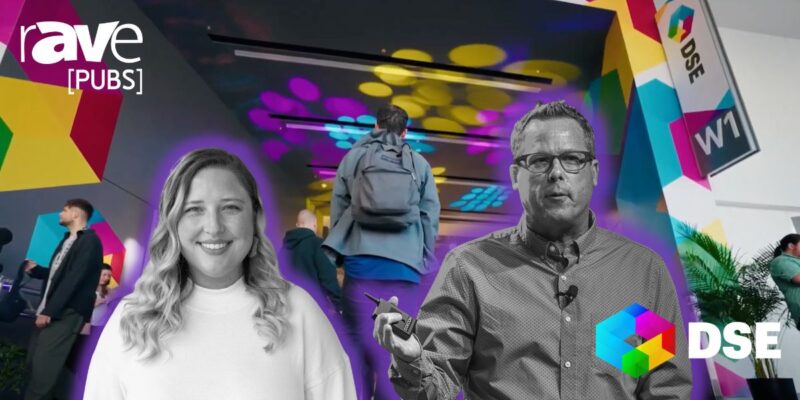Audiovisual Technology for the Masses: Economic Sustainability
 Several years ago, I had the great pleasure of hearing Paul Polak speak at the Sustainable Brands conference. If you aren’t familiar with Paul’s work, he is the author of Out of Poverty, and co-founder of D-Rev.org, the non-profit product development company that designs and delivers products to the billions of people living on less than $4 a day. D-Rev products are “World Class, Market-Driven and User-Obsessed.” If that doesn’t sound like a charity, there’s a reason why. The idea is to operate as a business to make a profit, with a systematic approach that incorporates Zero Design. Amongst the eight keys of Zero Design are ruthless affordability, transforming the market and private capital. You can read all eight of the keys here. What has resulted from this type of design are innovative products such as the reMotion (formerly called the Jaipur Knee), a $20 prosthetic that mimics the quality and durability of prosthetics costing from $10,000 to $100,000 in the United States!
Several years ago, I had the great pleasure of hearing Paul Polak speak at the Sustainable Brands conference. If you aren’t familiar with Paul’s work, he is the author of Out of Poverty, and co-founder of D-Rev.org, the non-profit product development company that designs and delivers products to the billions of people living on less than $4 a day. D-Rev products are “World Class, Market-Driven and User-Obsessed.” If that doesn’t sound like a charity, there’s a reason why. The idea is to operate as a business to make a profit, with a systematic approach that incorporates Zero Design. Amongst the eight keys of Zero Design are ruthless affordability, transforming the market and private capital. You can read all eight of the keys here. What has resulted from this type of design are innovative products such as the reMotion (formerly called the Jaipur Knee), a $20 prosthetic that mimics the quality and durability of prosthetics costing from $10,000 to $100,000 in the United States!
When we think of tech design innovation, we think of the latest Apple product or Wi-Fi-equipped luxury cars. Well, this type of design is aimed at those with disposable income, numbering just 10 percent of the world’s population. What about the other 90 percent? Do they need technology? I would venture to say yes. For example, this week saw a flurry of technological developments in the country of Myanmar. As the military releases its stronghold on the government, wireless mobile access has been granted to citizens. Just a year ago, to buy a SIM card and begin browsing the Internet, it cost $2,000. Fast forward to this last month when prices dropped to $1.50 The estimate is that there are 51 million potential wireless customers in Myanmar. These new consumers will be hungry for data, devices and of course a Burberry plaid case to hold their window to the world. The smart designers with an understanding of how the 9 percent buy and use products are poised to take on a whole new market.
So where does this leave the AV industry? This last month I was able to sit down and conduct a brief interview with Steve Valenti with Reach Technology. What really caught my curiosity about these lecture capture and streaming devices was the global nature of the company… and how the technology, pricing and service reflected many of the Zero Design keys. Perhaps because the company and products originated outside the confines of a domestic culture, Reach seems to understand that they can deliver a great product at a price that will make them accessible to the 90 percent of businesses and schools that need this service.
What do you think? Is there a way your product or service could expand to become more accessible, more ruthlessly affordable? While you aren’t necessarily creating the $3 drip-irrigation system that increases poor farmers’ net income by $288 million annually, it’s possible that your economic sustainability is attained by navigating the channels that fall outside of the richest, most affluent buyers. I encourage you to read more about this concept and examine where you might be able to build your long-term success in way that profits all.





